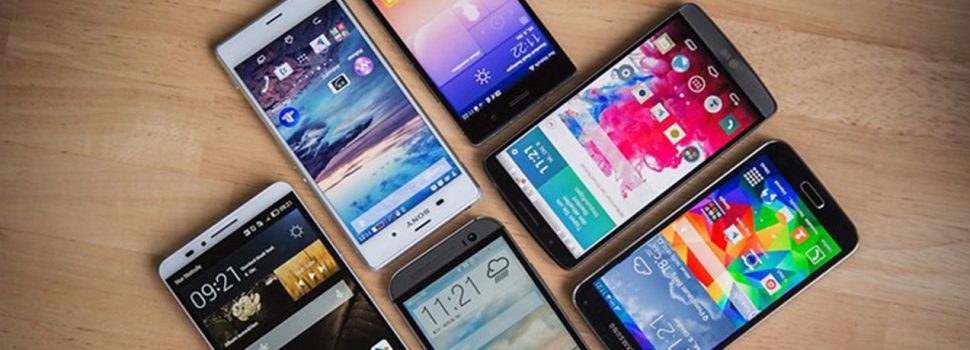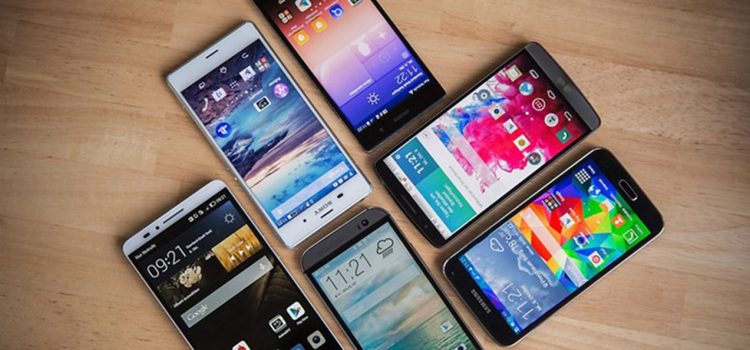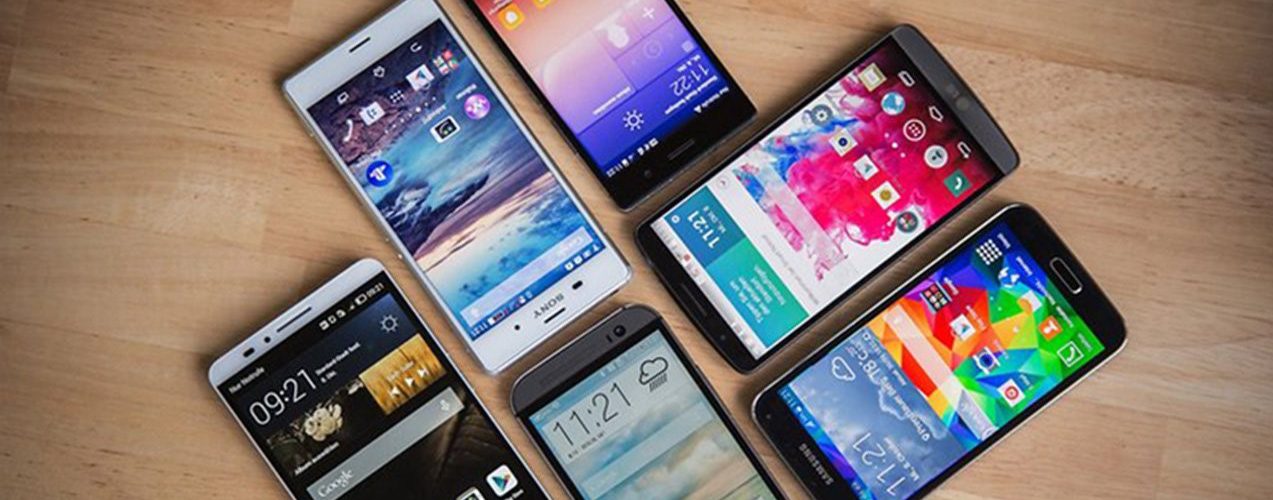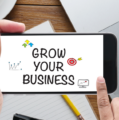


Switching mobile operating systems can feel like moving to a foreign country where everyone speaks a slightly different language. Whether you’re considering jumping from Android to iOS or making the leap from iPhone to Android, the prospect of learning new gestures, finding familiar apps, and navigating unfamiliar menus can seem overwhelming. The good news? Both systems are designed to be user-friendly, and with a little preparation, the transition can be much smoother than you might expect.
Why People Switch Mobile Operating Systems
Common reasons for switching include better integration with other devices in your home, improved camera features, different app availability, or simply wanting to try something new. Some users find Android’s customization options appealing, while others prefer iOS’s simplicity and consistent design. Family influence often plays a role too—many seniors switch to match their children’s or grandchildren’s devices for easier tech support and photo sharing.
Cost considerations also drive switches. Android offers more budget-friendly options, while iOS users often appreciate longer software support and device longevity. Neither choice is inherently better; it’s about finding what works best for your specific needs and preferences.
Making the Switch from Android to iOS
The transition from Android to iPhone centers around learning Apple’s gesture-based navigation system. The home button, a longtime iPhone staple, disappeared from newer models in favor of swipe gestures. To return home, simply swipe up from the bottom of the screen. To switch between apps, swipe up and pause, then swipe left or right between open applications.
Apple provides a “Move to iOS” app that transfers your contacts, photos, messages, and compatible apps from your Android device. Most popular apps like Facebook, Gmail, and banking applications work identically on both platforms. The main adjustment involves learning where settings are located—iOS keeps most device settings in a single “Settings” app rather than scattered throughout individual applications.
iPhone users often appreciate the consistent design across all apps and the integration with other Apple devices. If you have an iPad, Mac, or Apple Watch, features like Handoff, AirDrop, and synchronized messages create a seamless ecosystem experience.
Transitioning from iOS to Android
Moving from iPhone to Android typically involves adjusting to the back button and home button configuration, though newer Android phones increasingly use gesture navigation similar to iPhones. The biggest difference lies in Android’s customization options—you can change default apps, customize your home screen layout, and modify the interface much more extensively than iOS allows.
Google’s “Switch to Android” app helps transfer your data, though the process requires a few more steps than Apple’s transfer tool. Your Google services (Gmail, Google Photos, Google Maps) will work seamlessly, often better than they did on iPhone. Android’s notification system is generally more robust, allowing you to see more information at a glance and respond to messages directly from notifications.
Android phones offer more variety in size, price, and features. You can choose devices with physical home buttons if you prefer them, larger screens for easier reading, or phones with longer battery life. The Google Play Store contains virtually all the same apps as Apple’s App Store.
Common Concerns and Solutions
“Will I lose my photos?” Both platforms offer cloud backup services that preserve your pictures, videos, and documents. Google Photos works on both Android and iPhone, while iCloud is primarily for Apple devices. Consider using Google Photos regardless of your platform choice for universal access.
“What about my apps?” Nearly every popular application exists on both platforms. Your app purchases won’t transfer between stores, but most apps you care about will be available for free download on your new device.
Making the Transition Easier
Before switching, spend time with friends or family members who use your target operating system. Most people are happy to demonstrate basic functions and share their favorite features. Visit carrier stores where staff can walk you through the differences hands-on.
Set realistic expectations—plan for a learning curve of about two weeks to feel comfortable with basic functions and perhaps a month to feel truly proficient. Start with essential tasks like making calls, sending texts, and taking photos, then gradually explore additional features.
Remember that both Android and iOS are constantly evolving to become more user-friendly. The intimidating switch you’re imagining is likely much easier than you expect. Whether you’re moving toward Apple’s streamlined simplicity or Android’s customizable flexibility, modern smartphones are designed to help users succeed, not struggle. Take your time, be patient with yourself, and don’t hesitate to ask for help when needed.










